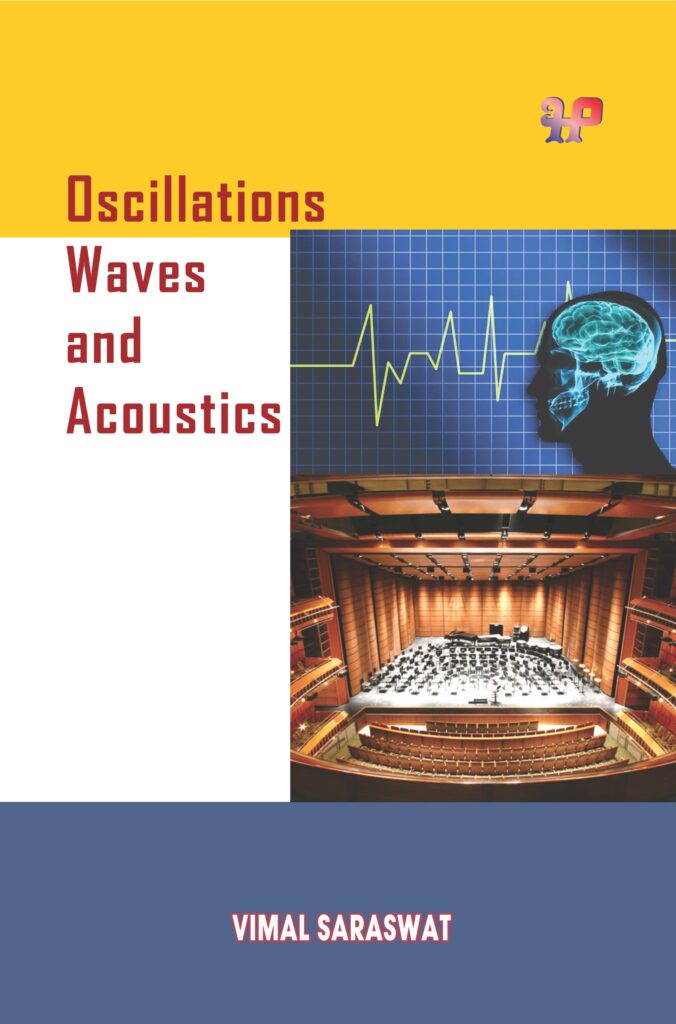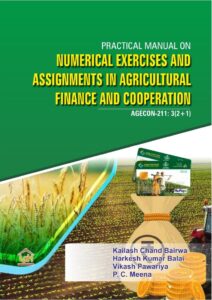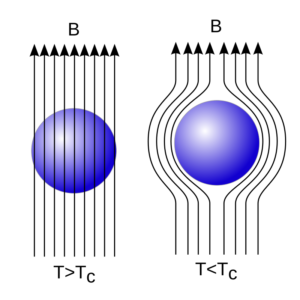Oscillations, Waves and Acoustics

This book includes the following topics
Free Oscillations of Simple Systems
- Introduction
- A few definitions
- Equilibrium and concept of potential well
- Motion of a particle in a parabolic potential well (S.H.M.) and its solution
- Dynamical quantities associated with S.H.M.
- Energy of simple harmonic oscillator
- Free oscillations of physical systems
Spring and mass system
Simple pendulum
Helmholtz resonator
Compound pendulum
Oscillations of a LC circuit
- Effective force constant of springs
Springs in parallel
Springs in series
- Linear and transverse oscillations of a mass attached to
two springs
Linear or longitudinal oscillations
Transverse oscillation
- Oscillations of two masses attached to a spring
- Diatomic molecule and reduced mass
Damped and Forced Oscillations
- Introduction
- Equation of damped harmonic oscillator and its solution
Over damping or heavy damping (r2 > ω02)
Critical damping (r2 = ω02)
Under damping or low damping (r2 < ω02)
- Energy & power dissipation of a damped harmonic oscillator
- Relaxation time and quality factor of damped harmonic oscillator
- Examples of damped harmonic oscillator
LCR circuit
Moving coil galvanometer
- Forced harmonic oscillator or driven harmonic oscillator
- Equation of forced harmonic oscillator and its solution
- Phase of forced oscillator
- Amplitude of forced oscillator
- Amplitude and sharpness of resonance
- Comparison of amplitude and phase at different frequencies
- Velocity of a forced oscillator
- Kinetic energy of a forced oscillator and energy resonance
- Power absorbed and power dissipated by forced oscillator
Power absorbed by forced oscillator
Power dissipated by forced oscillator
Maximum power absorption
- Band width of resonance and quality factor
- Examples of resonance
Number of pendulums connected by a string
Electrical resonance in LCR circuit
- Transient and steady state of oscillations
Free Oscillations of System with Two Degrees of Freedom
- Introduction
- Two coupled pendula or oscillators
- The general method of finding normal modes (or coordinates) and the superposition of normal modes
- Energy exchange (Beats) in coupled oscillations
- Transverse oscillations of a system of many coupled oscillators
- Longitudinal oscillations of many coupled oscillators
- Differentiate equation of a continuous system (stretched string) and normal modes or oscillations of N-particles in continuous approximation and wave equation
Fourier Theorem and its Applications
- Fourier’s theorem
- Exponential form of Fourier series
- Analysis of a rectangular wave or harmonic function by Fourier’s theorem
- Analysis of a square wave by Fourier’s theorem
- Analysis of a saw tooth wave or triangular wave by Fourier’s theorem
- Analysis of a half wave rectifier using Fourier’s theorem
- Analysis of full wave rectifier using Fourier’s theorem
- Fourier integral
- Fourier integral for an odd function
- Fourier integral for an even function
- Complex form of Fourier integral
- Fourier transform
- Applications of Fourier transform
Slit function or top Hat
Gaussian function
- Wave train of finite length, constancy of uncertainty product (line breadth, radiative damping of a charged harmonic oscillator)
Wave equation and Waves in Continuous Media
- Introduction
- Types of wave motion
- Wave equation
- A plane progressive wave
- Classical wave equation (or differential equation of wave motion) wave velocity
- Equation of a plane progressive wave
- Energy, energy density, energy flux and intensity of a plane progressive harmonic wave or energy transmission in wave
- Examples of one-dimensional travelling waves
Speed of transverse waves in a uniform string
Speed of longitudinal waves in a solid bar or rod
Speed of longitudinal waves in gases or fluids (Equation of motion of pressure wave)
- Calculation of velocity of sound in air: Newton’s formula and Laplace correction
- Effect of various factors on velocity of sound
Effect of pressure
Effect of temperature
Effect of molecular weight
- General solution of classical wave equation
- Boundary conditions and normal modes
- Dispersion relation (waves in absorbing medium)
- Dispersion waves
- Phase velocity and group velocity: Relation between group velocity and phase velocity
- Dispersive and non-dispersive medium
- Dynamics of number of oscillators
Wave motion on a one-dimensional monoatomic lattice
Vibrational modes of a finite one-dimensional lattice of identical atoms
The vibrational modes of a diatomic linear lattice
Superposition of Waves
- Principle of superposition of waves
- Limitations of superposition principle
- Phenomena arising from superposition of waves
- Interference
- Interference and conservation of energy
- Sustained interference
- Incoherent sources
- Interference of sound waves
- Experiment for study of interference in sound waves: Quincke’s tube and Tuning fork
- Practical applications of interference of sound
- Interference of light
- Young’s double slit experiment
- Beats
- Distinction between interference and beats
- Beats and amplitude modulation
- Combination tones
Ultrasonic
- Introduction
- Production of ultrasonic waves
- Piezo electric effect and quartz crystal
- Production of ultrasonic waves: Piezo-electric method and Magnetostriction method
- Detection of ultrasonic waves
- Applications of ultrasonic waves
Vibrations in Bounded Systems
- Introduction
- Transverse vibration (or wave) of stretched string
- Modes of vibration in a stretched string
- Laws of vibrations of strings
Law of length
Law of tension
Law of mass
Sonometer
- Longitudinal vibrations of a bar
A fixed bar i.e., a bar clamped (or rigidly fixed) at both ends
A free-free bar i.e., a bar free at both ends
Bar clamped at the middle
A fixed-free bar i.e., a bar clamped at one end and free at the other end
- Transverse vibrations of rods or bars
- Solution of transverse wave equation of a bar
Bar clamped at one end and free at the other end i.e., a clamped-free or fixed-free bar
A bar free at both ends i.e., a free-free bar
- Vibrations of tuning fork
- Vibrations of air columns or gas columns
Open organ pipe
Closed organ pipe
End correction
- Galton’s whistle
- Chladni’s figure
- Vibration of a drum or rotating drum method
Characteristic of Sound and Musical Instruments
- Characteristic of sound
- Characteristics of musical sound
Loudness or intensity
Pitch or frequency
Quality or timbre
- Unit of loudness (bel and decibel)
- Intensity of sound
- Sound pressure level
- Consonance and dissonance
- Musical scale: Diatonic scale and Equally tempered (temperament scale)
- Musical instruments: Violin, Dilruba, Sitar, Guitar, Harmonium and Tabla
Reflection, Refraction and Diffraction of Sound
- Introduction
- Reflection of sound
- Laws of reflection of wave on wave theory
- Reflection of sound from a plane surface
- Reflection of sound from a concave surface
- Some applications of reflection of sound
- Echo
- Echo Sounding
- Phase change on reflection
- Refraction of sound waves
- Examples of refraction of sound in atmosphere
Refraction due to change in temperature
Refraction of sound due to difference of velocity of air
- Silent zone
- Refraction of a plane wavefront at a plane surface
- Diffraction of sound
- Fresnel’s treatment of the wavefront
- Fresnel’s half period zones and rectilinear propagation of light
Construction of half period zones
Radii and area of zones
Resultant distribution at P due to whole wavefront
- Sound ranging
- Characteristic impedance of a string
- Reflection and transmission of waves on a string at a boundary
- Reflection and transmission of wave energy
- Reflection and transmission of energy coefficient
- Impedance matching for transducer
- Acoustic impedance
- Reflection and transmission of sound wave at a boundary between two media
- Intensity of reflected and transmitted sound
- SONAR
Transducer and Acoustics of Buildings
- Introduction of transducer
- Classification of transducer
- Ideal characteristics of a transducer
- Recording and reproduction of sound
Recording of sound
Disc reproduction
- Tape recorder or magnetic sound recording and reproduction
- Recording of sound on cinema films: Variable area method and Variable density method
- Reproduction of sound from cinema films
- Acoustics of buildings
- Reverberation
- Absorption of sound
Absorption coefficient for sound
Sound absorbing materials
- Transmission of sound
- Factors affecting the architectural acoustics
Reverberation time
Focusing of sound waves
Adequate loudness
- Sabine formula
- Optimum reverberation
- Echelon effect



